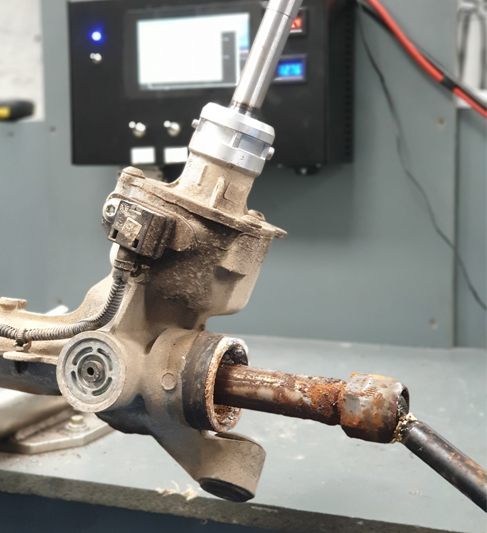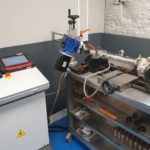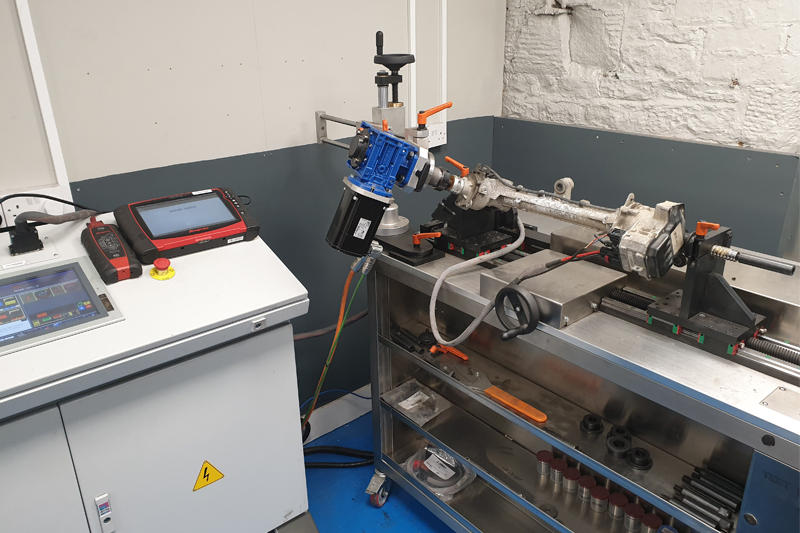PMM speaks to Graeme Stocks, Managing Director of remanufacturer, Complete Automotive.
The evolution of steering continues. The intricacies and complexities relating to electric steering in particular place a heavy burden on remanufacturers to be able to thoroughly and properly test a product. Gone are the days of a simple hydraulic remanufacture where all products fit into a very similar mould.
The requirements for testing modern steering go far deeper. A remanufactured EPS product requires a mechanical and electronics overhaul; including PCB component replacement, reprogramming and even possible plastics repairs. An understanding of diagnostics and the software that helps the product communicate with the vehicle are essential. However, of most importance is a true road feel test.
Whilst there are many test facilities available, there appears to be a distinct lack of understanding within the remanufacturing community as to what constitutes an effective, thorough and complete test.
To showcase challenges faced by the remanufacturer, Complete tested a Ford Focus EPS steering rack with a commonly- used simulator. This equipment provides the user with a host of data. But what exactly does it test and is this enough to safely bring the product to market?

As the test-rig is attached to the product and CAN-bus messages are sent and received, the operator is able to remove fault codes using a diagnostic scan tool and they are able to see communication occurring. The ECU, sensors and motor are all engaged, and, on this basis, we commonly see remanufacturers concluding that the product is ‘fit for purpose’ when in reality it isn’t. Unless the product is given a true road feel experience it simply cannot be deemed ‘fit for purpose’.
Our test of the Ford Focus initially seemed successful. However, as shown in Fig 1, when the gaiter was removed it was evident that the mechanical element of the steering rack was poor. The rack bar was heavily corroded due to a failed gaiter and water ingress. This product would have failed within a very short time on the vehicle.
At Complete Automotive, we invest heavily in Research & Development. We invest in the right people with the right skills. We invest in technical software. We invest in hardware, 3D plastic printing machines, PCB design software, laser cutting equipment, bespoke tooling, high quality soldering / de-soldering equipment, multiple diagnostic scan tools. By far one of our largest investments is in the right test equipment which offers so much more to the operator, and end users, who want to fit our product with full confidence.
At Complete, we can test a product, so that it actually thinks it is on the car. The product is given resistance, braking, speed signals, ice conditions, even special features from the vehicle such as City Mode, ASR, VDC are tested. Angle sensors are balanced accurately to reduce drift or creeping… every element of the product is tested to firmly understand that it is really ‘fit for purpose’.
Accurate and comprehensive testing is only one part of the puzzle. With the right test equipment, anybody could simulate the performance of an EPS Steering product, but not everyone would understand the product sufficiently, or have the requisite skills to perform repairs. Mechanically, the steering is very similar to hydraulic steering racks, but to establish a failure on a PCB board requires a shift in the production processes and upgrading our skillsets.
Understanding of a new product in the market, such as EPS, is difficult. The reason for this article is to raise awareness of what the consumer should expect as a minimum requirement, for their own piece of mind and for the safety of their customers.











